On a recent trip to Tokyo to check out Sony’s 2025 line-up of new TVs, soundbars and a projector, there was much speculation among content creators, tech journalists and TV reviewers. Would Sony offer a new flagship OLED TV this year to replace the popular (and award-winning) A95L first introduced in 2023? And if so, would it use LG’s new “quad stack” OLED panel as seen in this year’s LG G5 and Panasonic’s upcoming Z95B? Or would it use an improved version of the QD-OLED panel found in the A95L? I was squarely in the “quad stack” camp while Caleb Denison of Digital Trends was guessing QD-OLED. Turns out, Caleb got this one right and I got it wrong. Fortunately there was no money at stake. Well, not for this anyway.
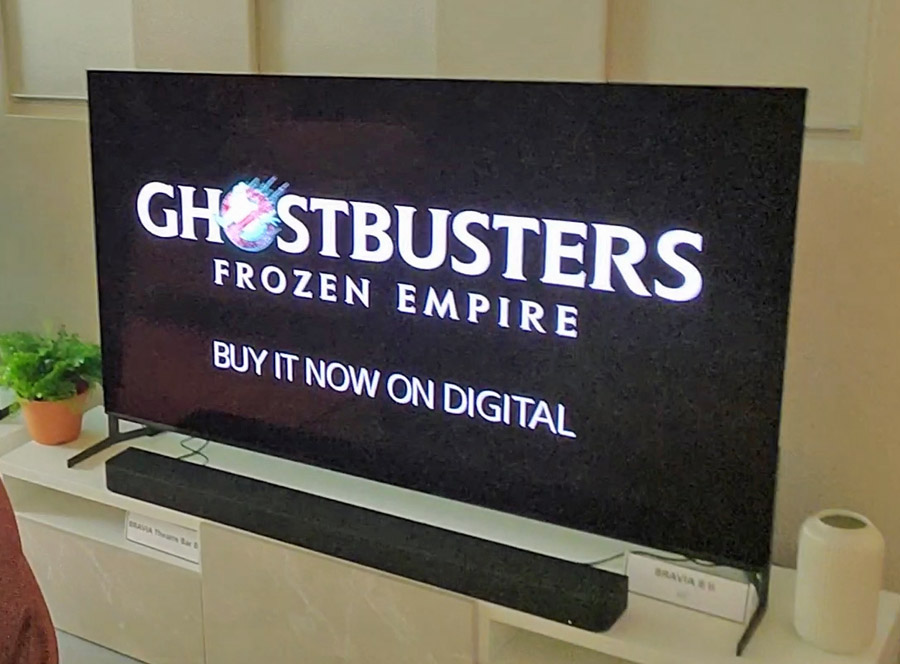
Today, Sony made it official that they will begin offering a new OLED TV in 2025 called the BRAVIA 8 II (aka “BRAVIA 8 Mark II”). This set will use the latest QD-OLED panel from Samsung Display, and will be powered by the latest version of Sony’s XR Processor picture processing technology. With these ingredients, the BRAVIA 8 II (also known as the “XR80M2”) is said to offer 50% more brightness than the current BRAVIA 8, which uses an WRGB OLED panel, and even 25% higher peak brightness than Sony’s current flagship QD-OLED TV, the A95L.
We got to see the BRAVIA 8 II in action in Japan and again in New York City last month and found that it offered excellent performance, both on 4K content with Dolby Vision HDR encoding and even on low quality interlaced broadcast content. Sony’s XR Processor appears to do a great job of tone mapping the HDR content to match the set’s own brightness capabilities and of upconverting lower resolution content while removing noise and compression artifacts from the signal. XR Triluminos Max processing enabled to set to display vivid saturated colors which popped off the velvety black background to create an almost three dimensional image.
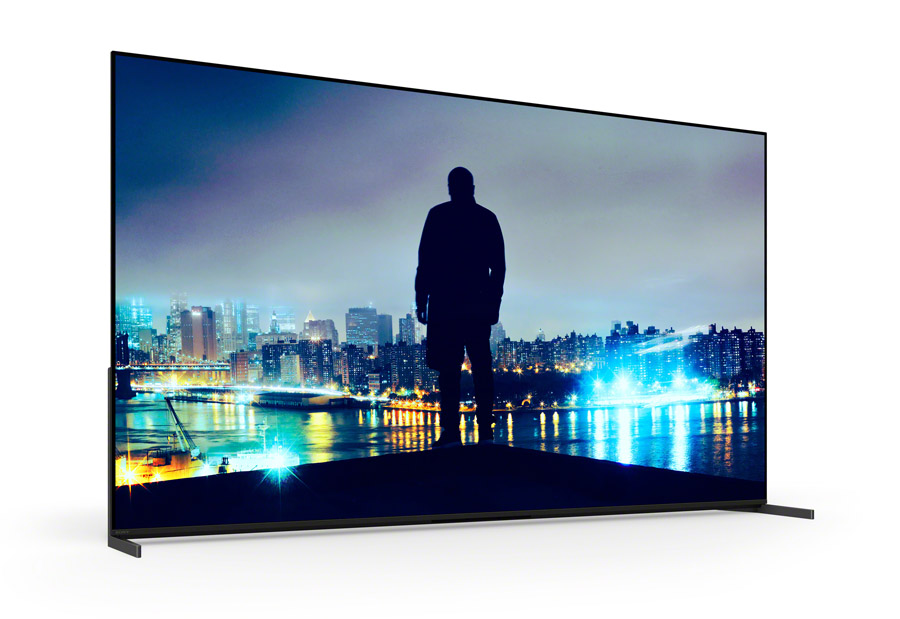
For now, the original BRAVIA 8 will remain in the line-up for those who want a more affordable Sony OLED option. But the BRAVIA 8 II replaces the A95L in the line-up in the 55-inch (Model 55XR80M2) and 65-inch (Model 65XR80M2) screen sizes. A 77-inch size BRAVIA 8, II has not yet been announced so the existing 77-inch A95L will remain in production and on store shelves for the foreseeable future.
The XR Processor features an AI driven scene-recognition system that detects and analyzes each scene to enhance realism. The BRAVIA 8 II has a high luminance QD-OLED panel and an integrated temperature sensor with XR Contrast Booster that controls brightness and the pixel level to enhance picture depth and detail.
The BRAVIA 8 II comes with an ATSC 3.0 (NextGen TV) tuner on board so you can tune in local channels (in select markets) with 1080p or even 4K resolution with HDR, Dolby Digital or even Dolby Atmos surround sound. We tested this out on the BRAVIA 7 TV last year and the local Olympics broadcast on NBC-4 in NY looked and sounded pristine in 1080p/HDR with Dolby Atmos sound.
Like the BRAVIA 8 and A95L, BRAVIA 8 II continues to use Sony’s Acoustic Surface Audio+ technology which employs hidden actuators to turn the entire TV screen into a speaker. This technology gives the BRAVIA 8 pretty good sound right out of the box. It also enables customers to integrate the TV’s built-in speaker with a compatible Sony soundbar or speaker system in order to enhance dialog and improve the localization of on-screen sound. This “Acoustic Center Sync” feature is compatible with the BRAVIA Theater Bar 8, BRAVIA Theater Bar 9 and BRAVIA Theater Quad systems.
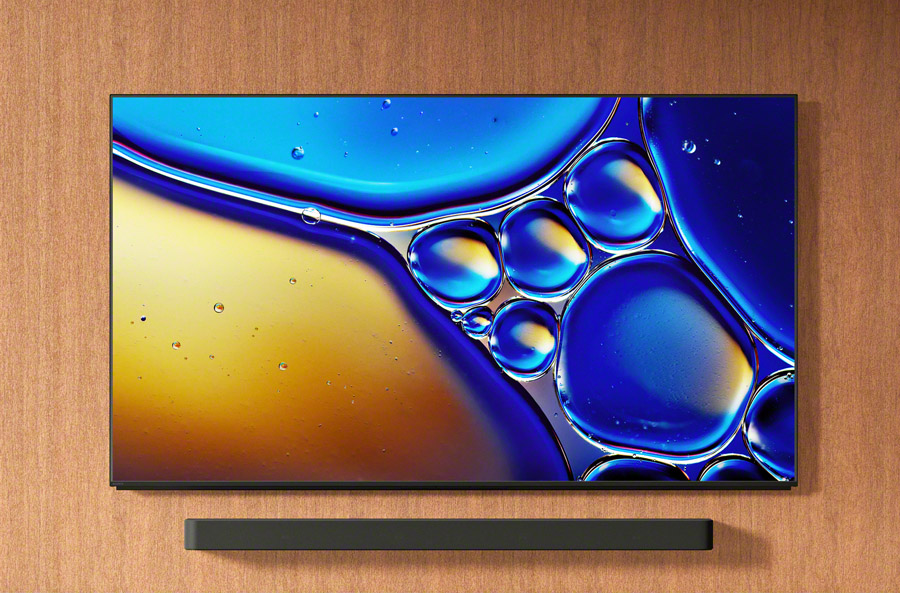
Like the BRAVIA 7, 8 and 9 before it, the BRAVIA 8 II comes equipped with studio calibrated modes that reproduce the image quality intended by film and episodic TV content creators. These include Netflix Adaptive Calibrated Mode, SONY PICTURES CORE Calibrated Mode, and Prime Video Calibrated Mode. These modes detect the type of content being played on each of these streaming services and automatically adjust picture settings for optimum performance without any user intervention or custom settings required.
The BRAVIA 8 II supports both Dolby Atmos and DTS:X decoding as well as having IMAX Enhanced certification. Select Sony BRAVIA TVs (including the BRAVIA 8 II), home theater speakers and soundbars are some of only a handful of models that support IMAX Enhanced content on Disney+ with DTS:X Profile 2 audio decoding. This allows owners to enjoy enhanced immersion from IMAX aspect ratios and dynamic immersive surround sound mixes based directly on the IMAX theatrical soundtracks.
Pricing and Availability has not yet been announced but the company expects to begin shipping the BRAVIA 8 II later this Spring. Stay tuned for more details.
The Bottom Line
With Sony’s continued support and development of MiniLED/LCD technology and its active research and development in RGB backlighting, it wasn’t clear whether the company would offer a new flagship OLED model this year. But seeing the new BRAVIA 8 II in action, I’m glad they did. There’s nothing like the deep blacks and rich saturated colors of an OLED TV and the new BRAVIA 8 II is sure to be a strong contender for best TV of 2025. We do wish they’d offer it in larger screen sizes, but our guess is that it’s only a matter of time before they do.
Related Reading:
I’ve Seen the Future of Sony TVs in All Its Red, Green and Blue Glory. Here’s What’s Coming
Best TVs of 2024 Revealed in Value Electronics TV Shootout

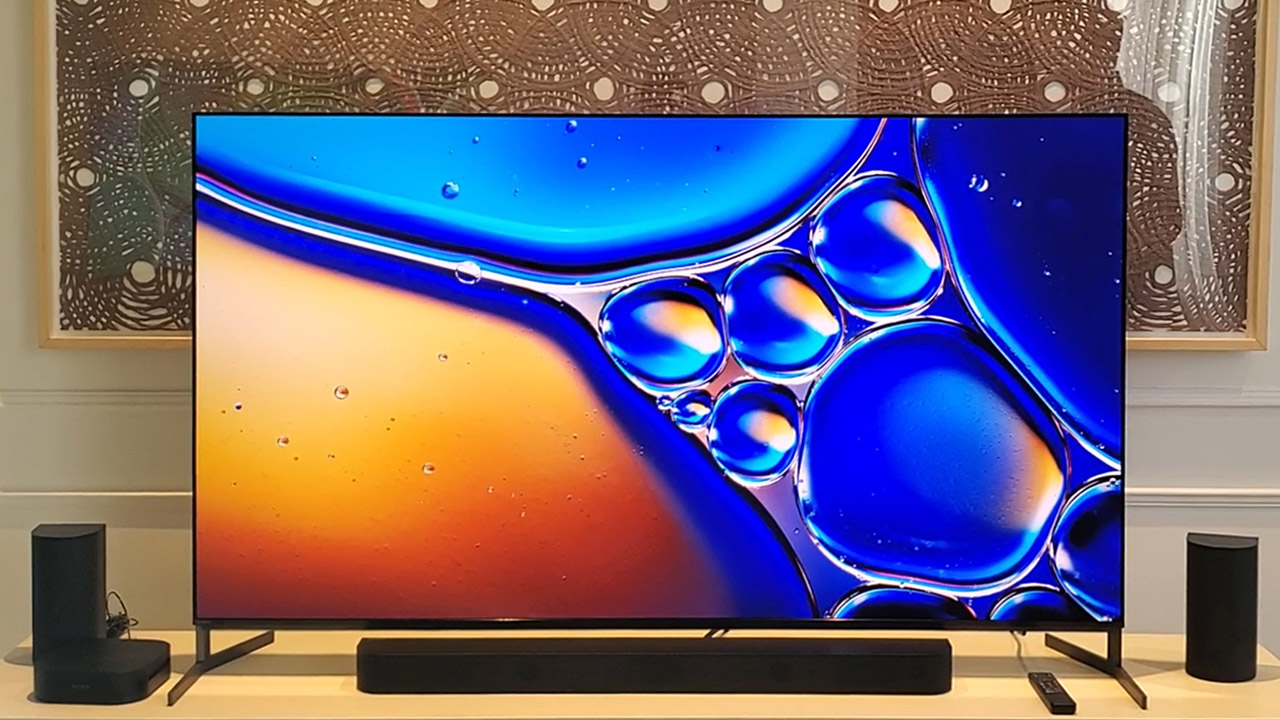
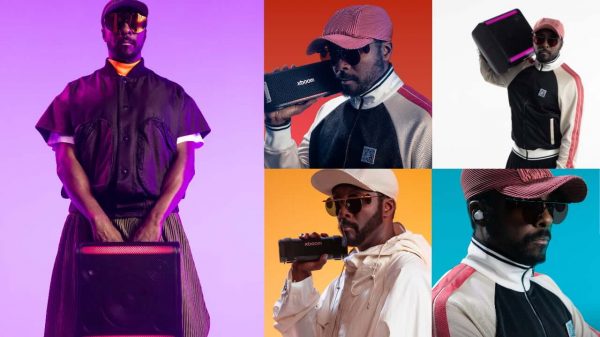
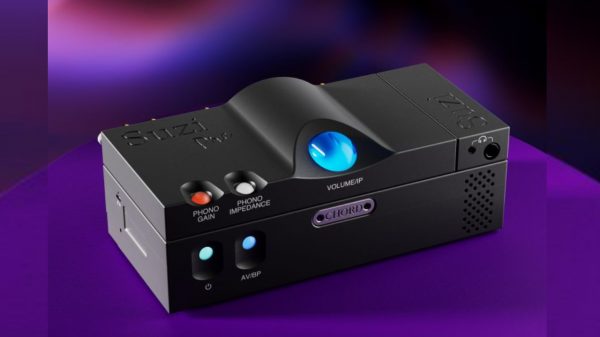
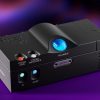
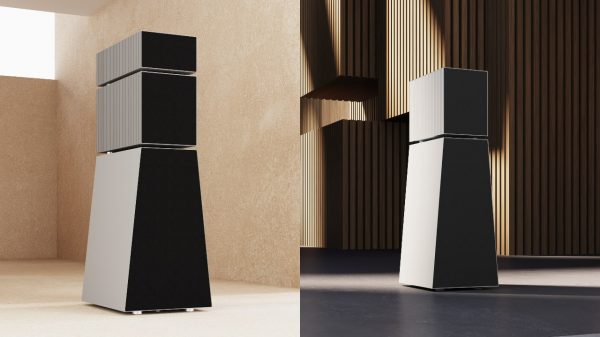
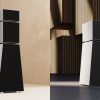

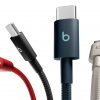





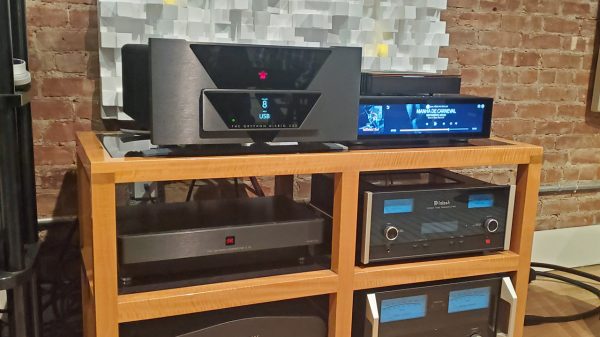






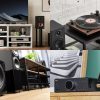
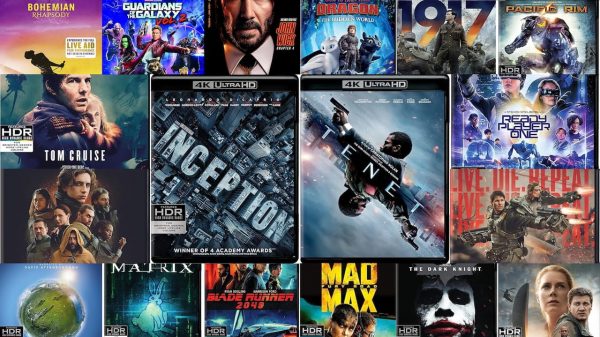
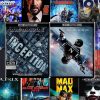


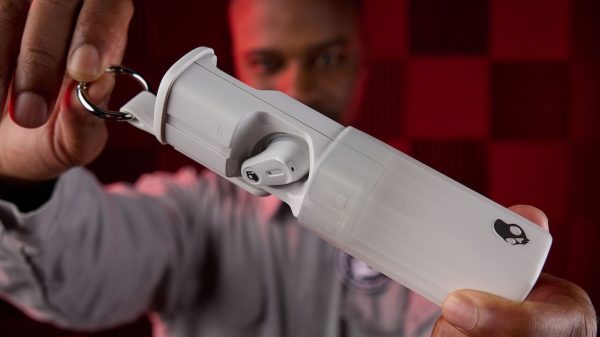












Anton the Frugalist
April 2, 2025 at 4:13 pm
Unlike two-channel Hi-Fi, which seems to be stuck in 24-bit versus 32-bit hi-res streaming (yawn) and minor improvements in wireless speaker technology, TVs are the most innovative category right now and I think that’s great.
Human beings are visual beasts and these types of image improvements are easier to see and sell.
Good to see Sony pushing the envelope again as a company in a category that they once dominated.
Do you think these will be more expensive than LG or Samsung?
Ian White
April 2, 2025 at 6:36 pm
So while I agree that high-end audio is not exactly blowing the doors off right now when it comes to innovation, the level of quality below $1,000 has never been better. Spending tends of thousands on speakers and streamers is becoming somewhat stupid.
Display technology is soaring right now and while much of the branding is far too confusing for consumers (and reviewers) who really don’t care if it is OLED, QD-OLED, MiniLED, etc…the reality is that TVs have never been better and all of us who love watching movies on a larger screen are bursting with excitement at what currently exists and what is coming.
Sony is back. And that’s very good for the industry. TCL are Hisense are kicking ass and that’s driving prices lower. Another win for consumers.
I think people should be prepared to pay more for the best. You’re not getting ripped off if these TVs are $3K. Which is something I can’t say for speakers that are $20K.
IW
Chris Boylan
April 2, 2025 at 6:41 pm
If history is any indication, these will likely be a bit more expensive than comparably sized and featured Samsung and LG OLED TVs. Shouldn’t have too long to wait to find out the pricing.